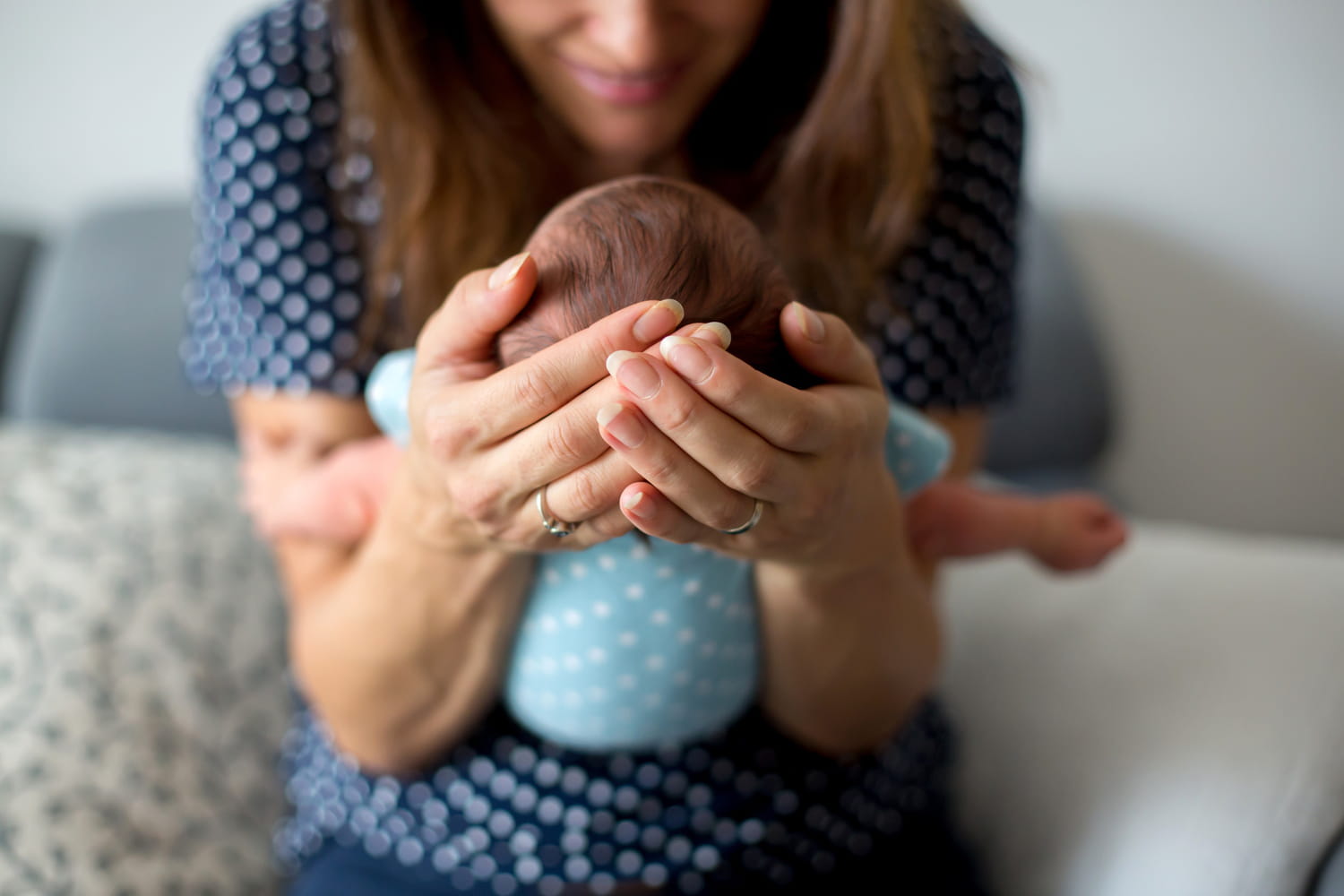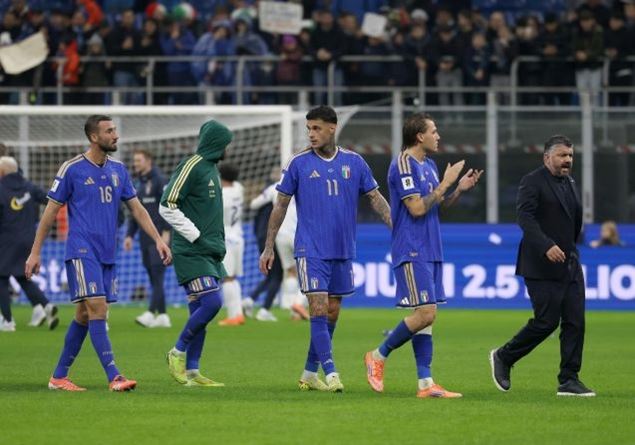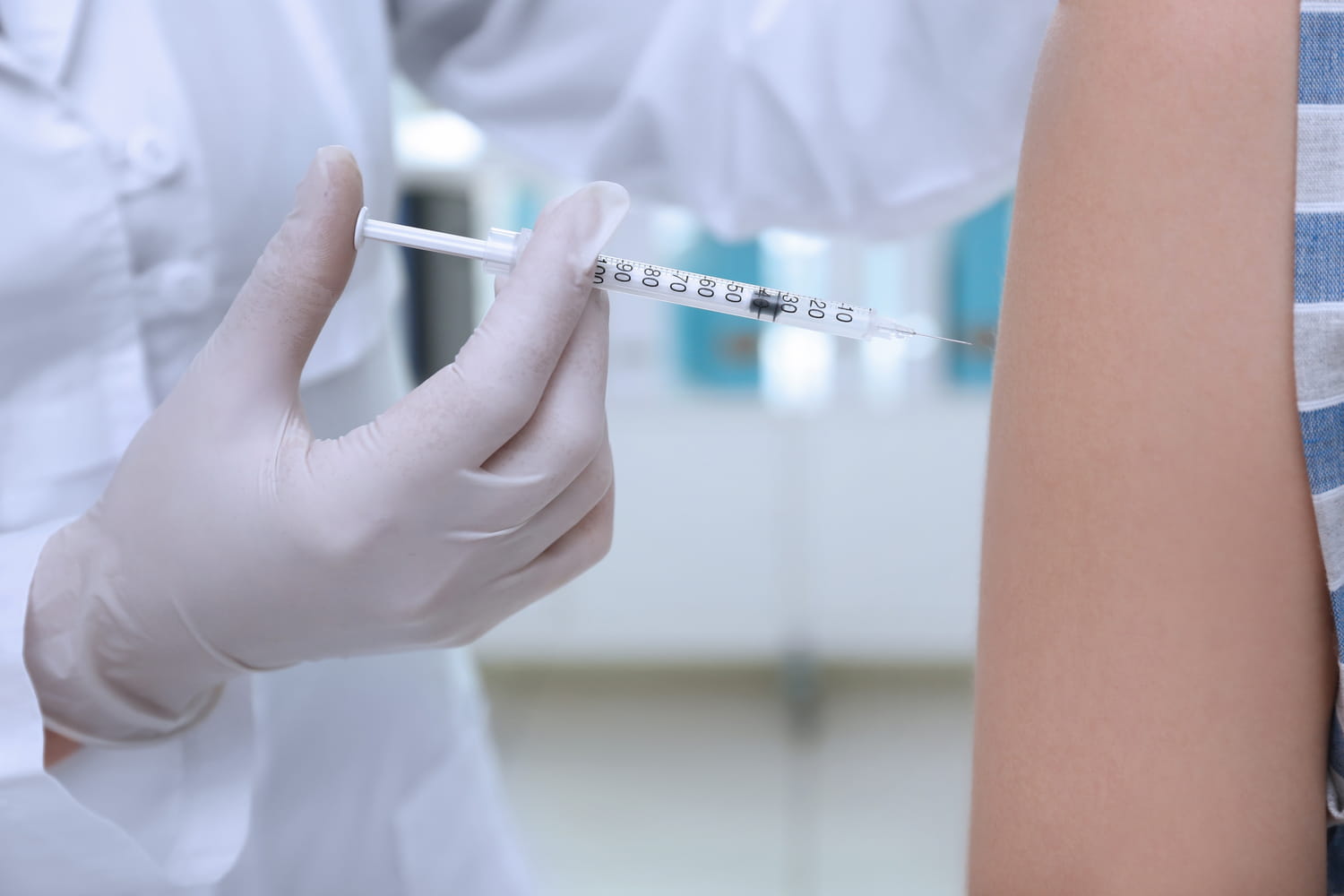From January, middle school students will have access to an expanded vaccination offer: two injections can now be given directly in their establishment.
This is the first time that this vaccine has been integrated into the school campaign. From January 2026, 5th grade students will no longer be only concerned with vaccination against human papillomavirus (HPV). They will also be able to receive another vaccine, which is entering the school campaign.
This novelty is explained by the increase in invasive meningococcal infections observed in recent years and, even more so, since the start of 2025. Several types of meningococcal bacteria are circulating in France: B, C, W, Y. These infections, responsible for blazing meningitis and septicemia, particularly affect adolescents and sometimes progress in just a few hours. They can lead to serious after-effects, such as deafness, mental retardation, amputation or even death. Each year in France, between 500 and 600 cases are recorded, and around 60 people die, or 10% of cases.
Young people aged 11 to 14 correspond to the age group identified as “priority” to strengthen protection before entering high school, the period when contamination is most frequent. In practice, students will receive a single dose of the ACWY meningococcal vaccine (Bexsero®, Nimenrix®, Menveo®, Menquadfi®), and the first dose of the HPV vaccine, the second being administered a few months later outside the establishment. Vaccination is voluntary and requires written consent from parents, who will soon receive information documents and consent forms. The sessions will take place directly in colleges, between January and June 2026, which avoids families having to seek a medical appointment or pay up front.
Everything is taken care of on site, in order to facilitate access to these vaccinations which are still too little carried out, in particular HPV, recommended for both girls and boys from the age of 11. With the introduction of a second vaccine, the Ministry of Health wants to strengthen prevention among adolescents and remove the practical obstacles which still hold back certain families.









